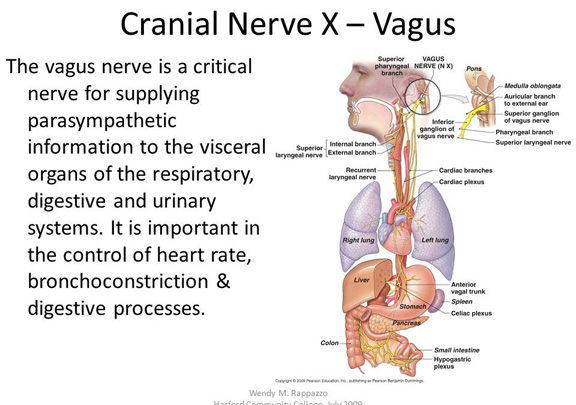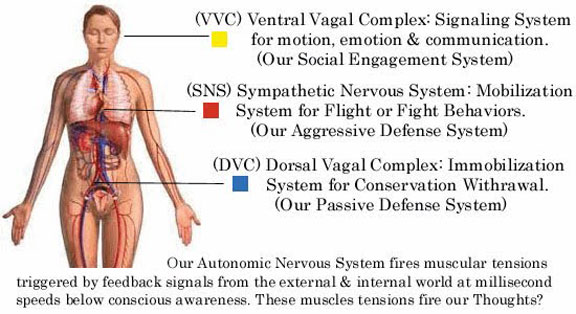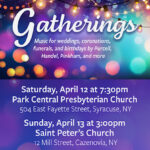Nerves, Church, and Set Theory
Everything exists along continuums, axes and in sets within sets. Weather is the immediate day to day results of overall climate. Norms develop within families within cultures which today, develop within a larger multi-cultural set of cultures. How we as individuals interpret our own experience develops according to how we’ve been enculturated to think about or not think about things.
There is still much in the news about assisting victims abused by clerics, coaches, media moguls and sports physicians. Some victims don’t come forward until years later and there are probably as many reasons for that as there are victims. I’ve lived most of my life with memory loss, traumatic memory loss, that I did not know I’d suffered because when you don’t remember something, you don’t realize you’re not remembering something. This frustrates people who might be trying to help you (or confront you) and renders you vulnerable in many ways. Religiously rooted gender-bias caused what happened to me and that includes physical injury to my brain.
I started experiencing disconnected, frightening flashes in my forties, however, it would be years before my consciousness was flooded by memories that made some sense. I cannot know for sure, but I may have been improving my own brain function through post-concussion eye movement therapy I practiced at home after being knocked out in 2009. Prior to that, I had taken up skating. I practiced yoga and still do.
Most western religions teach mind over matter beliefs about the body. Evidence suggests that we feel our way through life via neuroception and our senses. One theory suggests that the information our senses take in is then processed by the three-part system of the vagus or tenth cranial nerve. The vagal system includes the autonomic nervous system which controls digestion, respiration and heart rate; the active, ventral vagal system whose myelinated branches provide quick fight or flight response; and the passive dorsal vagal system whose unmyelinated nerves slowly shut down activity to conserve energy during life threatening events. In recent years, much is being written about how awareness of polyvagal function can assist trauma victims in meeting emotional triggers with good coping skills. While PTSD is most often associated with overreaction to perceived threats, some traumatized people freeze or dissociate.
Sexual assault and the shame that often follows can lead to freeze responses that hamper memory formation. Normally, the brain can encode 7 to 50 bits per second of explicit of conscious information while at the same time filing 11 million bits per second of implicit information into the subconscious. If a helpless child starts to freeze from fear, that child’s brain is probably still filing away 11 million bits per second of trauma related information. Therapists have told me that victims remember things when they can handle things; my experience is that having the language to understanding past events is key. Some victims tell their stories and are not believed or believed and silenced. Life goes on in school, at work, on the playing field (or the battlefield,) with the brain still consciously taking in new current information while dragging around lots of stored away “felt sense” information that has not been consciously thought through or gotten through.
I believe it is good news that traumas not often spoken about are finding their way into the news. Showtime is now running “Spotlight,” the 2015 Academy Award winning film about The Boston Globe’s 2001 investigation and 2002 expose of the Archdiocese of Boston’s coverup of clerical abuse there. “Spotlight” shows how people wishing to protect the church’s reputation failed to acknowledge the damage done to victims. While clerical abuse has a long, known history, I’ve read that some conservative factions in the church today want to lay the scandal at the feet of 1960’s sexual revolution and the LGBTQ rights movement. Many allegations of priests abusing children involved boys. Nonetheless, gender norms and teachings in most conservative churches weigh heavily on girls.
I believe that learning, understanding, and sharing information about the neurochemical basis of all emotions can help everyone keep themselves safer in relationships and in a world where predators work at appearing safe.
Lifetime Network’s recently aired documentary series “Surviving R. Kelly,” gives voice to many of Kelly’s accusers, victims’ families, therapists, and public figures critical of Kelly. The series interviews victims who started out as fans and with whom Kelly sometimes established rapport by revealing that he had been sexually abused as a child and, therefore, related to vulnerable feelings the women might have. In cases, Kelly appeared to be a benevolent mentor until his interest in his protégés came to include demanding sexual submission and complete obedience. R. Kelly’s home, studio and hotel suites were organized like penitential facilities in which Kelly isolated, humiliated and denied food to women who displeased him. “Surviving R. Kelly” features several therapists who discuss how and why victims stay in abusive situations.
(Syracuse’s Vera House website provides good information on avoiding abuse.)
“Surviving R. Kelly” and “Spotlight” are both painful to watch. But, bringing unexamined trauma into the light of consciousness might be the only way for injured people to heal. At times we are all quick to judge what we don’t want to understand. It seems that sometimes, the universe is knocking at our doors.











